In today’s business world, companies constantly seek ways to stay ahead of competitors. Information Technology (IT) has become an essential tool for companies looking to gain an advantage. However, for IT to provide a lasting benefit, companies must understand how it interacts with other resources and skills in the organization. The article “Information Technology and Sustained Competitive Advantage: A Resource-Based Analysis” explores when IT can be a source of sustained competitive advantage, drawing on the resource-based view (RBV) of strategic management. This view suggests that to gain an enduring edge, companies need resources that are valuable, rare, hard to imitate, and not easily substituted. This article will examine each of these elements and discuss how IT can—or cannot—contribute to a company’s long-term success.
The Resource-Based View of Competitive Advantage
The resource-based view (RBV) is a strategic management theory that explains how certain resources within a company can provide long-lasting advantages. RBV is built on two main principles:
- Resource Heterogeneity: This principle states that companies do not all have the same resources or capabilities. For instance, one company might have a highly skilled IT team, while another has expertise in supply chain management. These differences can be a source of competitive advantage, especially if the resource or skill is difficult to replicate.
- Resource Immobility: This principle states that some resources are hard for other companies to acquire or replicate. If a resource or skill can be quickly obtained by competitors, it won’t provide a lasting advantage. For example, while most companies can purchase similar software or hardware, unique skills, such as the ability to integrate IT with business processes effectively, are harder to copy.
RBV suggests that a company can gain a sustainable advantage if its resources meet three criteria: they must be valuable, rare, and difficult to imitate. In the context of IT, this means that if a company’s IT capabilities or skills are unique and hard for others to replicate, they could provide a competitive advantage that lasts over time.
Evaluating IT Attributes for Lasting Advantage
The paper examines five common attributes of IT that might contribute to competitive advantage. These include customer switching costs, access to capital, proprietary technology, technical IT skills, and managerial IT skills. By using the resource-based model, the authors evaluate each attribute to determine if it has the potential to create a sustained competitive edge.
1. Customer Switching Costs
The “create-capture-keep” model is a framework where companies use IT to make it harder for customers to switch to competitors, creating high “switching costs.” When customers invest in a company’s IT systems, such as through training or customization, they may be less likely to move to another provider. For example, a customer might choose to stay with a particular airline’s booking system if it’s integrated into their business operations, as switching could require significant costs in terms of both time and money.
While switching costs can create a temporary advantage, they often fall short of sustaining a long-term edge. Customers tend to anticipate the risks of being “locked in” by one supplier’s IT and may seek guarantees or alternative suppliers. For instance, if a supplier raises prices or reduces service quality, the customer might resist and switch to another provider.
Moreover, companies that try to exploit switching costs risk developing a negative reputation, which can make it challenging to attract new customers. In a competitive IT environment, where multiple options are available, relying on switching costs as a strategy is often short-sighted. Thus, the paper concludes that while switching costs may offer short-term benefits, they are unlikely to serve as a lasting source of competitive advantage in IT.
2. Access to Capital
Access to capital—funds that companies can invest in IT—may also appear to provide an advantage. IT projects can require significant investment, especially if they are complex or risky, and companies with more resources may be better positioned to make these investments.
However, the paper argues that access to capital alone does not guarantee a lasting advantage. For one, capital access does not differentiate a company; it simply enables investment. Additionally, in highly competitive industries, companies with similar access to resources will often make similar investments. When companies pursue similar strategies using the same technology, any advantage is likely to be temporary.
Furthermore, many companies now share technical and market risks with partners, such as through joint ventures, making capital less of a barrier. As a result, while capital access supports IT investment, it doesn’t create a sustained advantage on its own. Instead, it’s the skills and knowledge that allow companies to manage these investments successfully that lead to competitive strength.
3. Proprietary Technology
Proprietary technology, or technology that is unique to one company, is often viewed as a potential source of advantage. When technology is proprietary, it can be protected through patents or kept secret, preventing competitors from copying it.
However, in IT, it is difficult to maintain exclusivity. IT advancements are shared rapidly across industries through factors such as employee turnover, reverse engineering, and formal or informal information sharing. This makes it easy for competitors to learn about and replicate proprietary IT. While proprietary technology might offer a temporary edge, it usually does not remain exclusive for long.
Today, even complex IT systems are often available from multiple suppliers, making it challenging for any one company to rely solely on proprietary technology for sustained advantage. Thus, the spread of technology undermines the ability of proprietary IT to provide a long-term competitive edge.
4. Technical IT Skills
Technical IT skills are essential for developing and using IT systems effectively. These skills include programming, system administration, and understanding technical protocols. Technical skills are crucial for any IT project’s success and often involve specialized knowledge in areas like data security, cloud computing, and network management.
However, technical skills are typically easy to transfer across companies. If a company lacks a particular technical skill, it can hire consultants, contractors, or employees who possess it. These skills are often codifiable, meaning they can be documented and taught, making them easily spread across companies. Because technical skills are generally accessible, they don’t provide a unique or sustainable advantage for any one company.
For example, companies like airlines, which initially pioneered complex reservation systems, saw these systems imitated as competitors acquired similar technical skills. While technical skills are essential for competitive parity, they don’t usually create a unique edge because they don’t meet the criteria of being rare or hard to copy.
5. Managerial IT Skills
Managerial IT skills involve the ability to align IT with business goals, coordinate across departments, and effectively manage relationships within and outside the company. Unlike technical skills, managerial IT skills are not only harder to acquire but also take time to develop. They often depend on complex social relationships and the unique experiences of the company.
Managerial IT skills include understanding the needs of other departments, working with suppliers and customers, anticipating future IT needs, and learning from both successes and failures. These skills are valuable because they allow companies to use IT in ways that genuinely support business strategy and growth. For example, Walmart’s integration of its IT systems with its suppliers, stores, and distribution centers allows it to operate more efficiently and maintain a low-cost advantage. This integration is not just about technology but relies on effective coordination and cooperation within the company, which competitors find hard to replicate.
Because managerial IT skills are unique to each organization and develop over time, they are often socially complex and hard to imitate. As a result, the paper concludes that managerial IT skills are more likely than any other IT attribute to provide a lasting competitive advantage.
Implications for Research and Practice
The findings of this analysis have important implications for both researchers and business leaders:
- For Researchers: The resource-based view encourages researchers to focus on the organization and management of IT rather than just on technology itself. Future research should explore the development of managerial IT skills, examining how they evolve within companies and how they interact with other resources to create sustained value. Understanding these relationships will help clarify how IT contributes to a company’s long-term success.
- For Business Leaders: Managers should recognize that simply investing in IT infrastructure or acquiring technical skills will not provide a lasting edge. Instead, they should prioritize building and maintaining strong relationships between IT and other departments within the company. Fostering collaboration, aligning IT goals with business needs, and developing managerial IT skills can transform technical capabilities into competitive strengths. These relationships, often specific to a company, can serve as a foundation for sustained advantage.
Conclusion
This article shows that IT alone rarely provides a lasting competitive advantage. However, when IT is combined with unique managerial skills and embedded within a company’s organizational culture, it can help build a long-term edge. By focusing on cultivating managerial IT skills and establishing strong internal and external relationships, companies can use IT in ways that are hard for competitors to imitate, ultimately creating sustained value. Business leaders should therefore see IT as a strategic resource that, when carefully managed and integrated with other organizational resources, can contribute to enduring success.

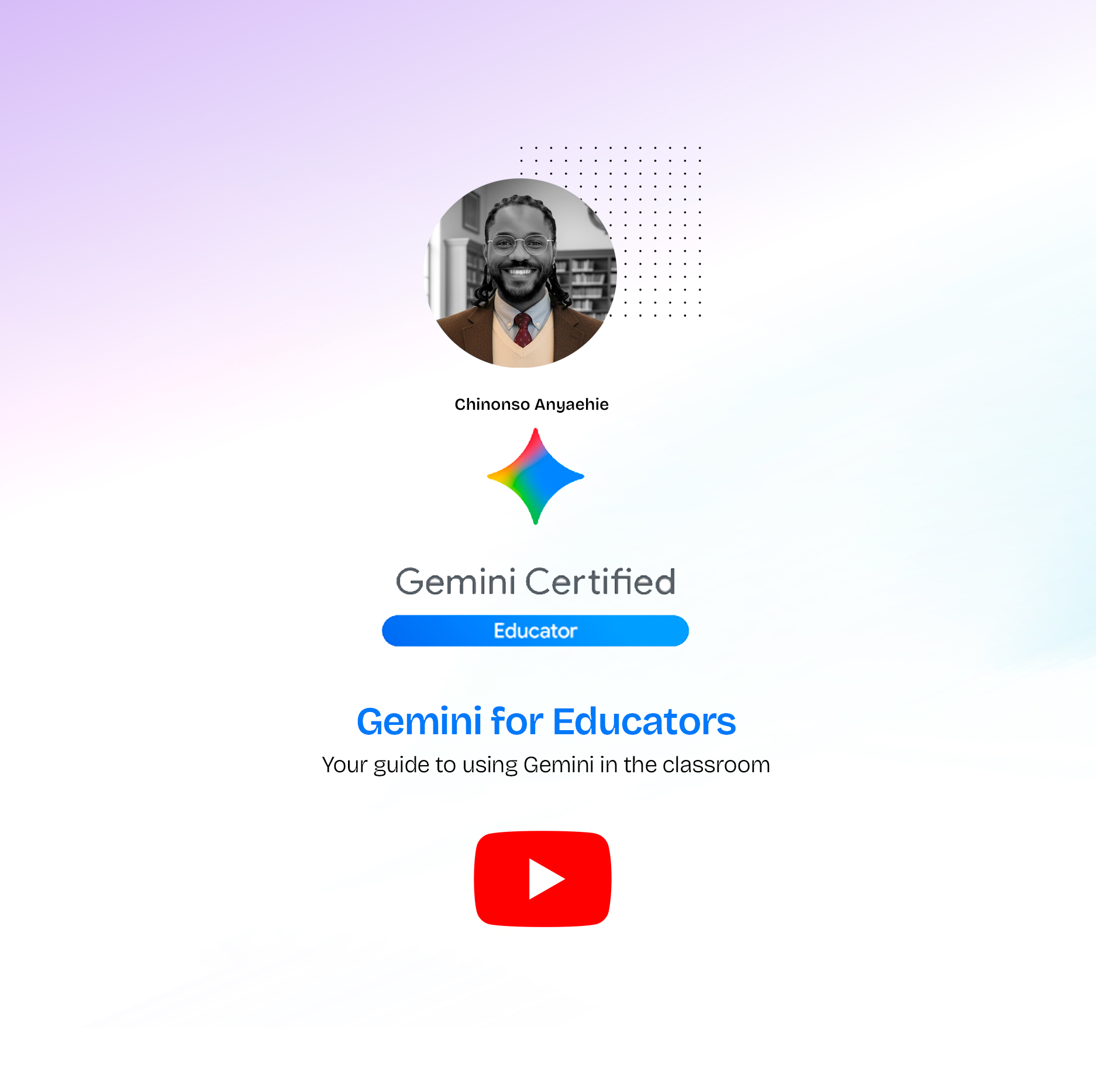
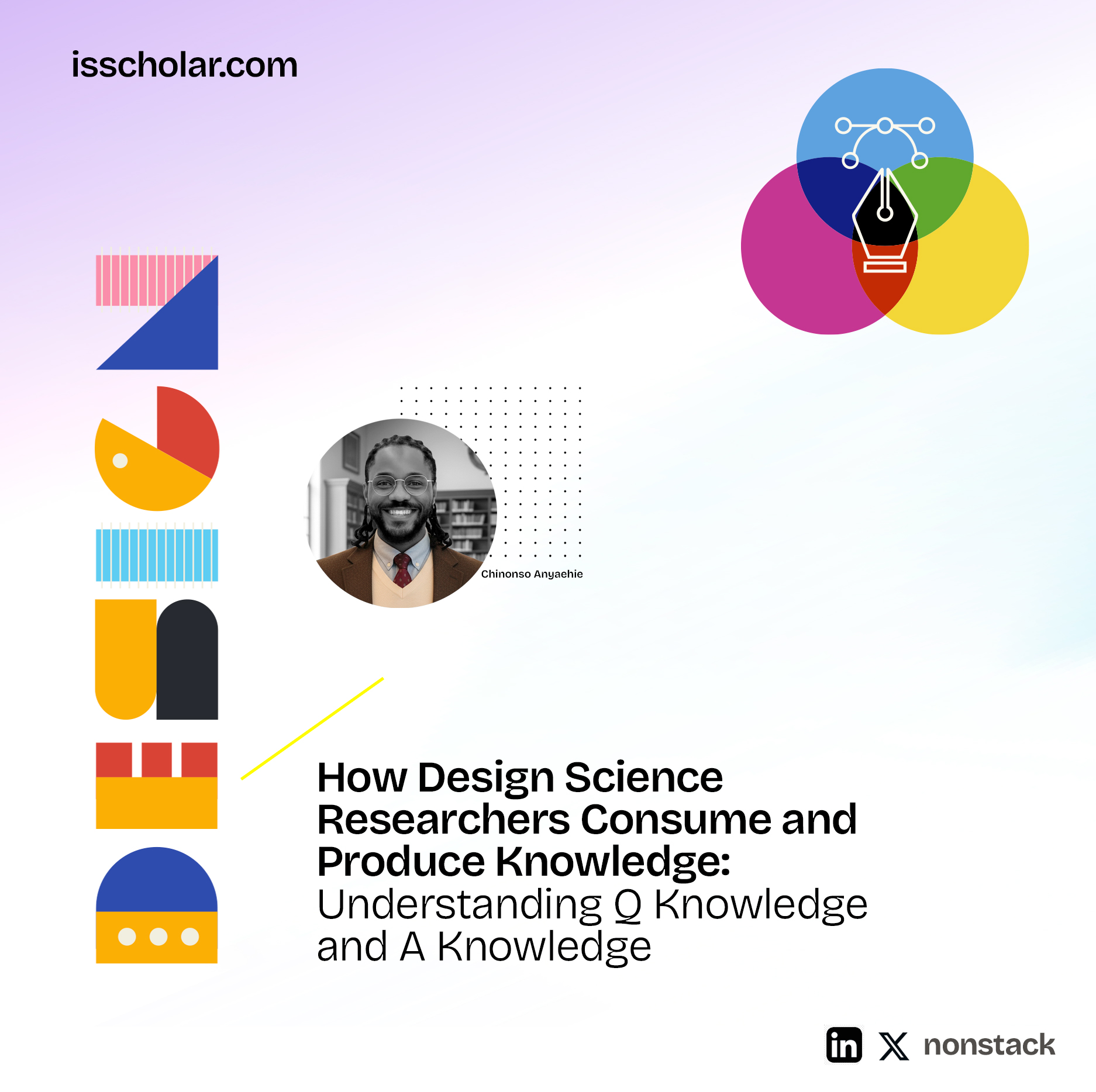
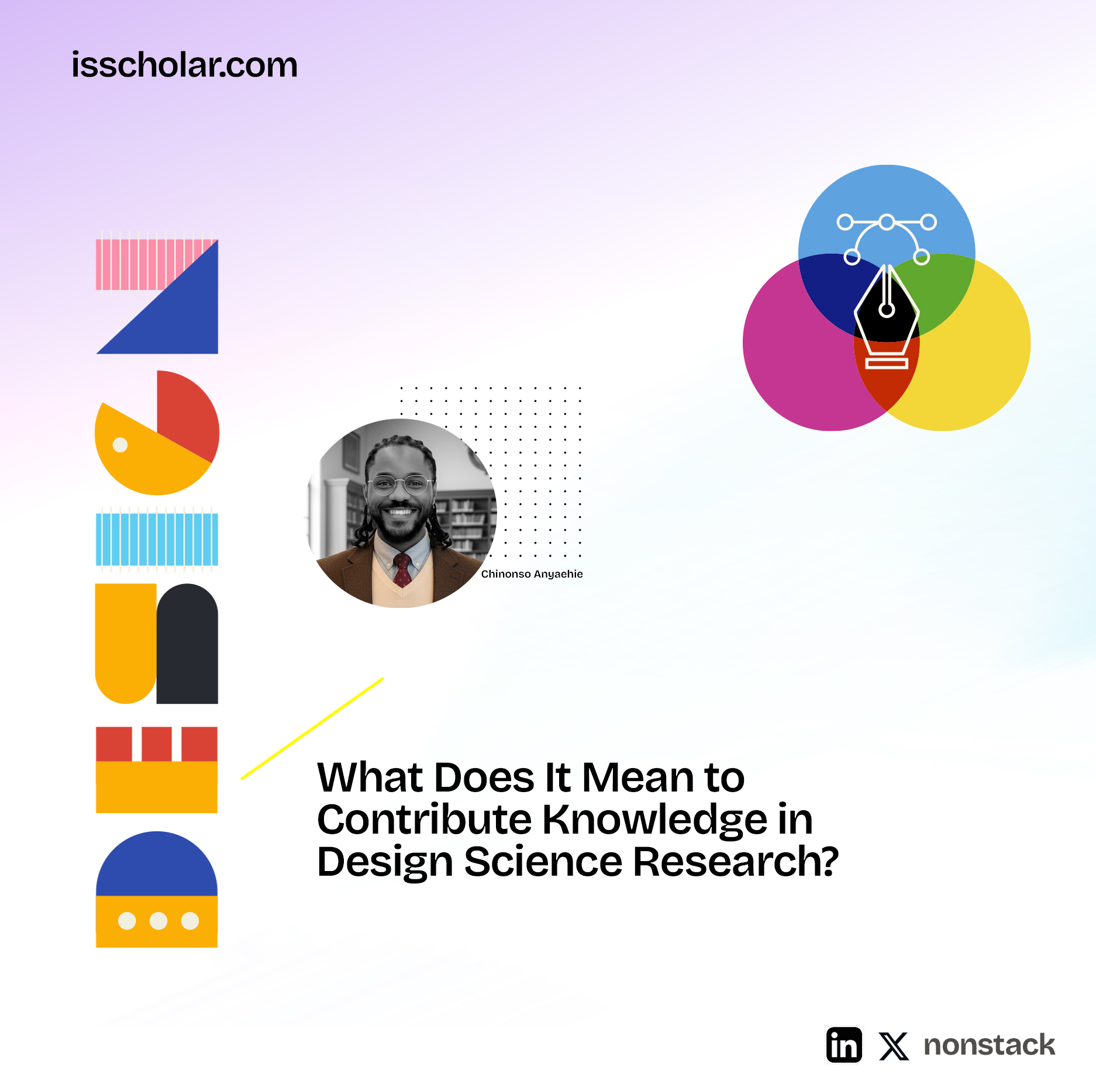


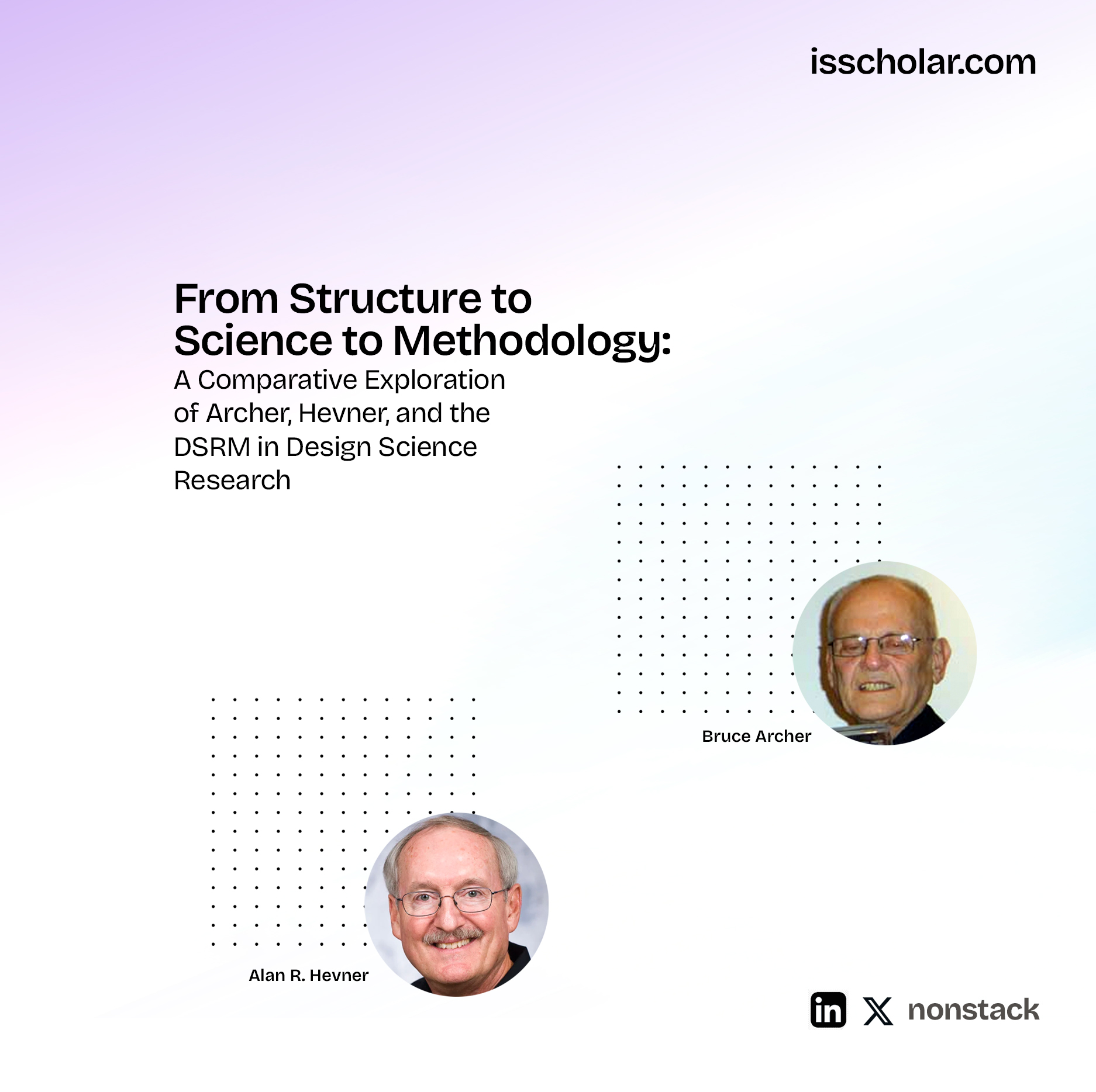
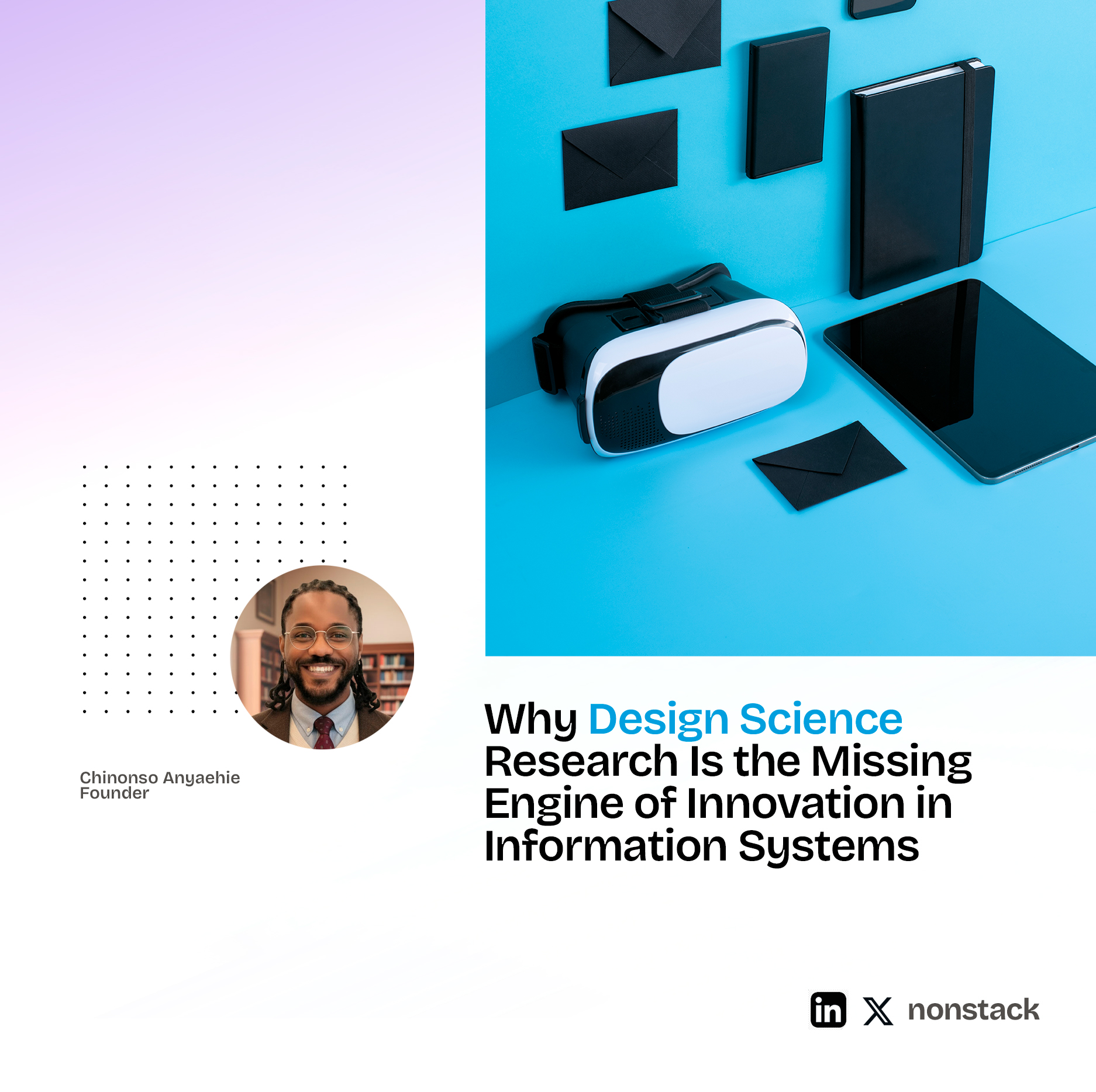


Leave a Reply